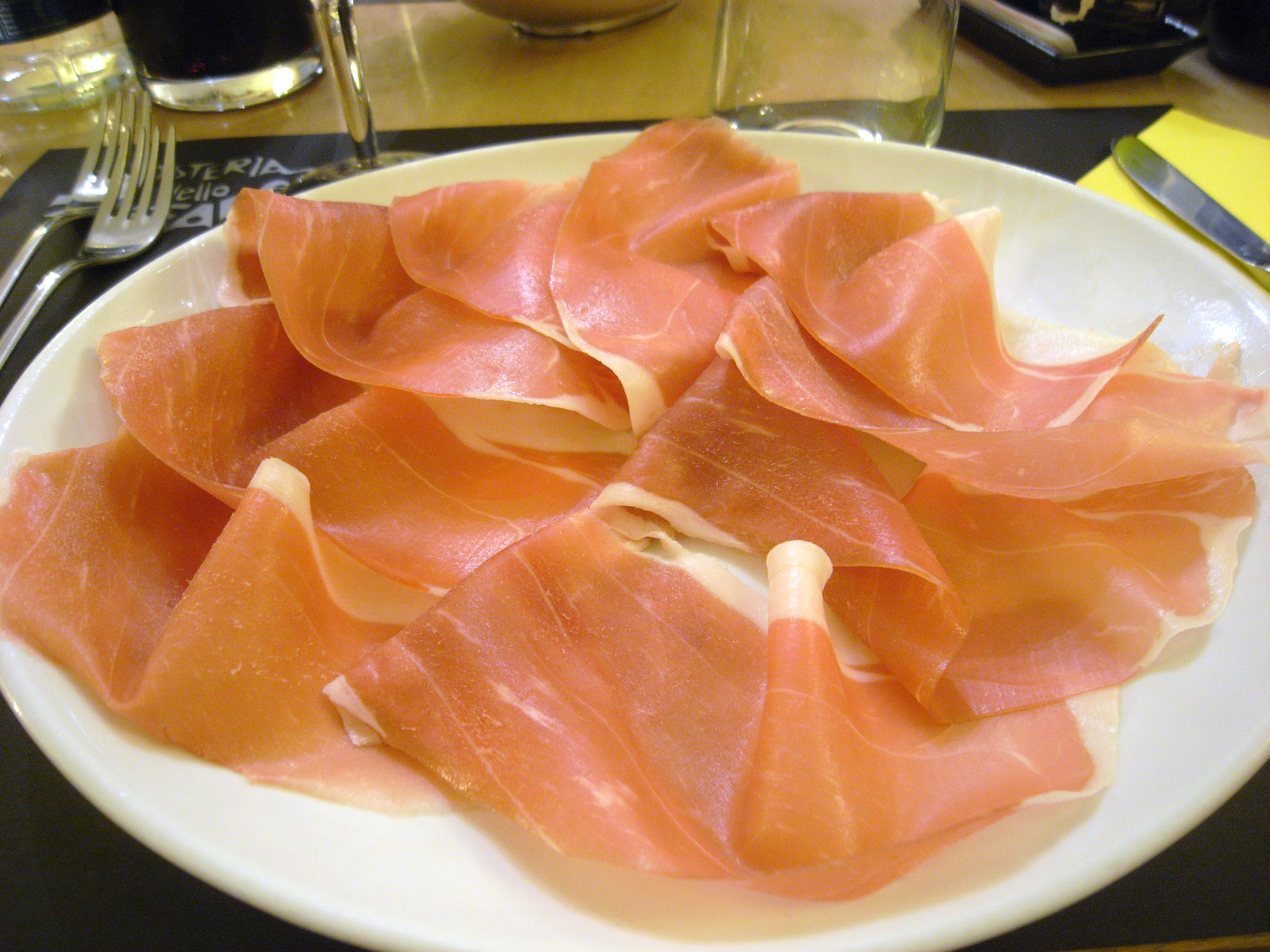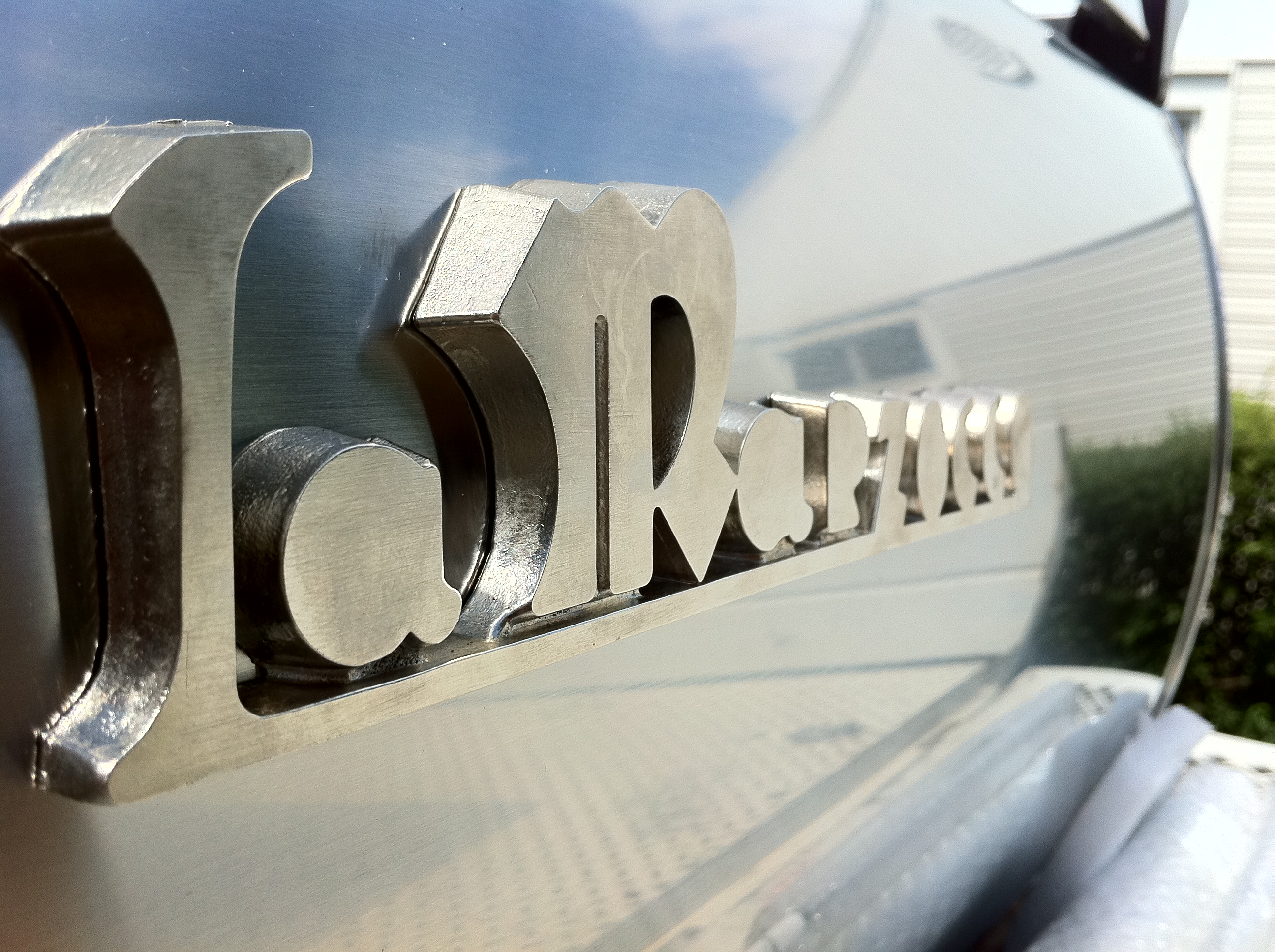|
Roman Candle (Portland, Oregon)
Roman Candle Baking Co., or simply Roman Candle, was a bakery and pizzeria–restaurant in the Richmond, Portland, Oregon, Richmond neighborhood of Portland, Oregon. Duane Sorenson opened Roman Candle in 2013, with a menu offering Wood-fired oven, wood-fired pizza and other Italian cuisine, including sandwiches, breads, green salads, pastries, and baked potatoes. Dan Griffin and Joshua McFadden served as the baker and chef, respectively. The bakery started supplying select menu items to Sorenson's Stumptown Coffee Roasters locations in late 2015. Roman Candle received a generally positive reception, with the pizzas and kouign-amann receiving the most praise. The restaurant closed in April 2018 for renovations, ahead of a rebrand as a Gluten-free diet, gluten-free and Veganism, vegan cafe called Holiday, which Sorenson launched one month later. Description Roman Candle Baking Co. was a bakery and pizzeria–restaurant on Division Street in Southeast Portland, Oregon, southeast Por ... [...More Info...] [...Related Items...] OR: [Wikipedia] [Google] [Baidu] |
Duane Sorenson
Duane Sorenson is an American business owner and restaurateur based in Portland, Oregon. His companies and restaurants have included Stumptown Coffee Roasters, Roman Candle (Portland, Oregon), Roman Candle (later converted into a cafe called Holiday), and the independent coffee company Puff. Sorenson is originally from Puyallup, Washington. References Living people American restaurateurs Businesspeople from Portland, Oregon People from Puyallup, Washington Year of birth missing (living people) 21st-century American businesspeople {{Oregon-stub ... [...More Info...] [...Related Items...] OR: [Wikipedia] [Google] [Baidu] |
Willamette Week
''Willamette Week'' (''WW'') is an alternative weekly newspaper and a website published in Portland, Oregon, United States, since 1974. It features reports on local news, politics, sports, business, and culture. History Early history ''Willamette Week'' was founded in 1974 by Ronald A. Buel, who served as its first publisher. It was later owned by the Eugene ''Register-Guard'', which sold it in the fall of 1983 to Richard H. Meeker and Mark Zusman,Nicholas, Jonathan (January 9, 1984). "Free, and fresh, weekly". ''The Oregonian'', p. B1. who took the positions of publisher and editor, respectively. Meeker had been one of the paper's first reporters, starting in 1974, and Zusman had joined the paper as a business writer in 1982. Meeker and Zusman formed City of Roses Newspaper Company to publish ''WW'' and a sister publication, ''Fresh Weekly'', a free guide to local arts and entertainment. ''WW'' had a paid circulation at that time, with about 12,000 subscribers. Post- ... [...More Info...] [...Related Items...] OR: [Wikipedia] [Google] [Baidu] |
Prosciutto
''Prosciutto crudo'', in English often shortened to prosciutto ( , ), is Italian uncooked, unsmoked, and dry-cured ham. ''Prosciutto crudo'' is usually served thinly sliced. Several regions in Italy have their own variations of ''prosciutto crudo'', each with degrees of protected status, but the most prized are Prosciutto di Parma DOP from Emilia-Romagna and Prosciutto di San Daniele DOP from Friuli Venezia Giulia. Unlike Speck (Speck Alto Adige PGI) from the South Tyrol region, prosciutto is not smoked. In Italian, ''prosciutto'' means any kind of ham, either dry-cured (''prosciutto crudo'' or simply ''crudo'') or cooked ('' prosciutto cotto''), but in English-speaking countries, it usually means either Italian ''prosciutto crudo'' or similar hams made elsewhere. However, the word "prosciutto" itself is not protected; cooked ham may legally be, and in practice is, sold as ''prosciutto'' (usually as ''prosciutto cotto'', and from Italy or made in the Italian style) in Engli ... [...More Info...] [...Related Items...] OR: [Wikipedia] [Google] [Baidu] |
Arancini
Arancini (, , , ) are Italian rice balls that are stuffed, coated with breadcrumbs and deep fried, and are a staple of Sicilian cuisine. The most common arancini fillings are: ''al ragù'' or ''al sugo'', filled with ragù (meat or mince, slow-cooked at low temperature with tomato sauce and spices), mozzarella or caciocavallo cheese, and often peas, and ''al burro'' or ''ô burru'', filled with ham and mozzarella or besciamella. A number of regional variants exist which differ in their fillings and shape. ''Arancini al ragù'' produced in eastern Sicily have a conical shape inspired by the volcano Etna. Etymology ''Arancini'' derives from the Sicilian plural diminutive of ('orange'), from their shape and colour which, after cooking, is reminiscent of an orange. In Sicilian, '' arancini'' is grammatically plural. The corresponding singular is either the masculine '' arancinu'' or the feminine '' arancina''. The eastern side of Sicily tends to use the masculine for ... [...More Info...] [...Related Items...] OR: [Wikipedia] [Google] [Baidu] |
La Marzocco
La Marzocco, founded in 1927, Florence, by Giuseppe and Bruno Bambi, is an Italian company specializing in high-end espresso coffee machines. It is based in Scarperia, with branch offices worldwide. History After the Bambi brothers manufactured their first coffee machine Fiorenza on commission, they established their own activity in 1927 specialized in hand-crafting espresso machines, and named it after the '' Marzocco'' – the city of Florence's symbol of victory and conquest and whose image and values were chosen to represent the company brand. As coffee consumption increased in Italy throughout the 20th century, La Marzocco over the decades introduced technological innovations, improved ergonomics and barista tools, establishing industry standards. In 1939, La Marzocco patented the first espresso machine with a horizontal boiler, which, in comparison to the previous vertical structure, organized the brew groups in a horizontal fashion, which provided efficiency for th ... [...More Info...] [...Related Items...] OR: [Wikipedia] [Google] [Baidu] |
Espresso Machine
An espresso machine brews coffee by forcing pressurized water near boiling point through a "puck" of ground coffee and a filter in order to produce a thick, concentrated coffee called espresso. The first machine for making espresso was built in the early 1900s by Luigi Bezzera. The founder of the La Pavoni company bought the patent and from 1905 produced espresso machines commercially on a small scale in Milan. Multiple machine designs have been created to produce espresso. Several machines share some common elements, such as a grouphead and a portafilter. An espresso machine may also have a steam wand which is used to steam and froth liquids (such as milk) for coffee drinks such as cappuccino and caffe latte. Espresso machines may be steam-driven, piston-driven, pump-driven, or air-pump-driven. Machines may also be manual or automatic. History One of the precursors of the first machine for making espresso was built and patented by Angelo Moriondo of Turin, Italy, wh ... [...More Info...] [...Related Items...] OR: [Wikipedia] [Google] [Baidu] |
Pecorino
Pecorino cheeses are Types of cheese#Semi-hard or hard cheese, hard Italian cuisine, Italian cheeses made from Sheep milk, sheep's milk. The name "" derives from ''pecora'' which means sheep in Italian language, Italian. Overview Of the six main varieties of pecorino, all of which have Protected Designation of Origin (PDO) status under European Union law, pecorino romano is probably the best known outside Italy, especially in the United States, which has been an important export market for the cheese since the 19th century. Most pecorino is produced on the island of Sardinia, though its production is also allowed in Lazio and in the Tuscany, Tuscan provinces of Grosseto and Siena. Ancient Roman authors wrote about this cheese and its production technique. The other five mature PDO cheeses are the pecorino sardo from Sardinia (''casu berbeghinu'' in Sardinian language); pecorino toscano, whose production was already attested by Pliny the Elder in his ''Natural History (Pliny), Na ... [...More Info...] [...Related Items...] OR: [Wikipedia] [Google] [Baidu] |
Ava Gene's
Ava Gene's is an Italian restaurant in southeast Portland, Oregon's Richmond neighborhood, in the United States. During the COVID-19 pandemic, the restaurant was temporarily converted into the marketplace Shipshape Goods. History In 2020, during the COVID-19 pandemic, the restaurant was converted into temporary marketplace with a "walk-up window" called Shipshape Goods. See also * List of Italian restaurants This is a list of notable Italian restaurants, which specialize in the preparation and purveyance of Italian cuisine: * Amato's * Bella Italia * Beppi's Restaurant * Buca di Beppo * Carrabba's Italian Grill * Cibo Espresso * Drago resta ... References External links * * Ava Gene'sat ''Bon Appétit'' Ava Gene'sat Zomato Italian restaurants in Portland, Oregon Richmond, Portland, Oregon Year of establishment missing {{Oregon-stub ... [...More Info...] [...Related Items...] OR: [Wikipedia] [Google] [Baidu] |
Focaccia
Focaccia ( , , ; lij, fugassa ; nap, label= Barese, fecazze ) is a flat leavened oven-baked Italian bread, similar in style and texture to pizza; in some places, it is called ("white pizza"). Focaccia can be served as a side dish or as sandwich bread and it can be round, rectangular, or square shape. Etymology and terminology In Ancient Rome, was a flat bread baked on the hearth. The word is derived from the Latin 'hearth, place for baking'. The basic recipe is thought by some to have originated with the Etruscans, but today it is widely associated with Ligurian cuisine, while outside Liguria the word usually refers to the Genoese variants. The first attestation of the word dates back to the 14th century. Focaccia is sometimes considered to be a kind of pizza, though focaccia is left to rise after being flattened, while pizza is baked immediately. Regional variants Focaccia genovese ('Genoese focaccia'), marked by its finger-sized holes on its surface ( ... [...More Info...] [...Related Items...] OR: [Wikipedia] [Google] [Baidu] |
Flatbread
A flatbread is a bread made with flour; water, milk, yogurt, or other liquid; and salt, and then thoroughly rolled into flattened dough. Many flatbreads are unleavened, although some are leavened, such as pizza and pita bread. Flatbreads range from below one millimeter to a few centimeters thick so that they can be easily eaten without being sliced. They can be baked in an oven, fried in hot oil, grilled over hot coals, cooked on a hot pan, tava, comal, or metal griddle, and eaten fresh or packaged and frozen for later use. History Flatbreads were amongst the earliest processed foods, and evidence of their production has been found at ancient sites in Mesopotamia, ancient Egypt, and the Indus civilization. In 2018, charred bread crumbs were found at a Natufian site called Shubayqa 1 in Jordan (in Harrat ash Shaam, the Black Desert) dating to 12,400 BC, some 4,000 years before the start of agriculture in the region. Analysis showed that they were probably from flatbread ... [...More Info...] [...Related Items...] OR: [Wikipedia] [Google] [Baidu] |
Advance Publications
Advance Publications, Inc., doing business as Advance, is an American media company owned by the descendants of S.I. Newhouse Sr., Donald Newhouse and S.I. Newhouse Jr. It owns a large number of subsidiary companies, including Condé Nast, and is a major shareholder in Reddit. History The company is named after the '' Staten Island Advance'', the first newspaper owned by the Newhouse family, in which Sam Newhouse bought a controlling interest in 1922. In August 2018, Advance/Newhouse ("A/N") notified Charter Communications that it intended to establish a credit facility collateralized by a portion of Advance/Newhouse Common Units in Charter Communications Holdings, LLC. That same month, Condé Nast CEO Robert A. Sauerberg Jr. announced his five-year strategy to generate $600 million in new revenue from new revenue streams while driving costs out of the business. In March 2020, the company acquired The Ironman Group, a mass participation sports platform including the Iron ... [...More Info...] [...Related Items...] OR: [Wikipedia] [Google] [Baidu] |






